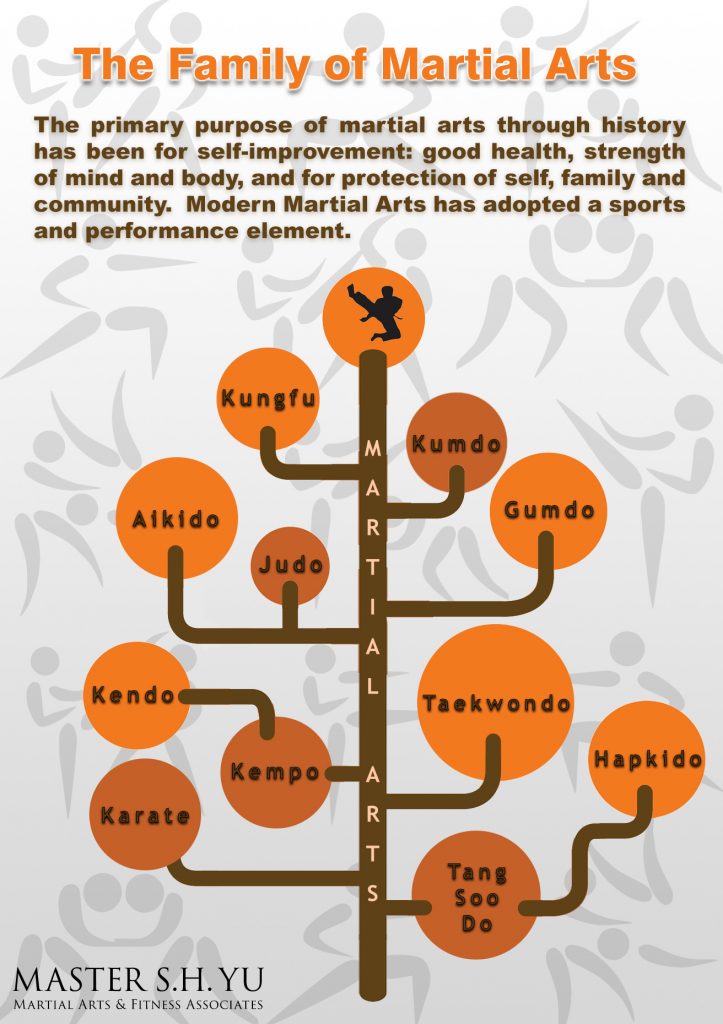Secret Differences In Between Typical Martial Arts And Modern Battle Sports: An Extensive Analysis
Secret Differences In Between Typical Martial Arts And Modern Battle Sports: An Extensive Analysis
Blog Article
Content Produce By-Camp Finnegan
When you think about martial arts, do you lean more toward the traditional methods or the contemporary combat sports? Each path supplies unique benefits and experiences, shaped by their viewpoints and training techniques. Standard martial arts stress individual growth and discipline, while modern combat sporting activities concentrate on competitors and efficiency. Understanding these differences can assist you in choosing the appropriate technique for your journey. However how do visit the next web page materialize in training and approach?
The Philosophy and Background Behind Traditional Martial arts
While lots of people associate martial arts with physical fight, the viewpoint and background behind conventional martial arts run much deeper. You'll discover that these disciplines emphasize personal growth, self-control, and regard.
Originating from ancient techniques, traditional martial arts were commonly created for Self-Defense and spiritual advancement. They embody concepts such as balance, harmony, and self-control, leading professionals beyond simple fighting abilities.
As you educate, you'll not only learn techniques but additionally obtain understandings into the culture and worths that formed these arts. The routines and customs, often given with generations, promote a sense of community and belonging.
The Affordable Nature of Modern Battle Sports
Modern combat sporting activities have actually transformed the landscape of martial arts into a highly competitive arena, where athletes take on in an examination of skill, strategy, and endurance.
You'll notice that competitors are commonly arranged with stringent guidelines and regulations, ensuring fair play and safety and security. These events attract large audiences, fueling the excitement and intensity of matches.
Athletes educate rigorously, not just for physical prowess but additionally for psychological strength, understanding that every detail counts in the ring. The adrenaline thrill during competitors is apparent, as boxers press their limitations to assert victory.
Followers appreciate the athleticism and virtuosity entailed, making contemporary combat sporting activities a thrilling spectacle that continues to progress and captivate fanatics all over the world.
Training Techniques and Methods: A Comparative Evaluation
The affordable atmosphere of contemporary battle sporting activities demands innovative training techniques that vary substantially from conventional martial arts.
In modern-day training, you'll focus on details strategies, competing, and conditioning, often making use of drills that imitate actual battle scenarios. You'll see an emphasis on measurable efficiency and regular competitors to assess your skills.
In contrast, traditional martial arts prioritize forms, katas, and philosophical trainings, commonly emphasizing self-control and respect over competition.
Training is normally much less intense and might include repeated technique instead of real-time sparring.
While both techniques develop skill and health and fitness, modern combat sports offer a much more vibrant and adaptable training atmosphere, preparing you for instant difficulties in the ring or cage.
Select the path that straightens with your objectives and interests.
Final thought
In picking between typical martial arts and modern battle sports, it truly boils down to what you value a lot of. If martial arts to get in shape seeking personal development, self-control, and a feeling of community, typical arts may be your finest fit. Yet if you flourish on competition and real-time challenges, contemporary battle sports could be the method to go. Inevitably, both courses use unique benefits, so it's everything about aligning your training with your personal objectives and rate of interests.
